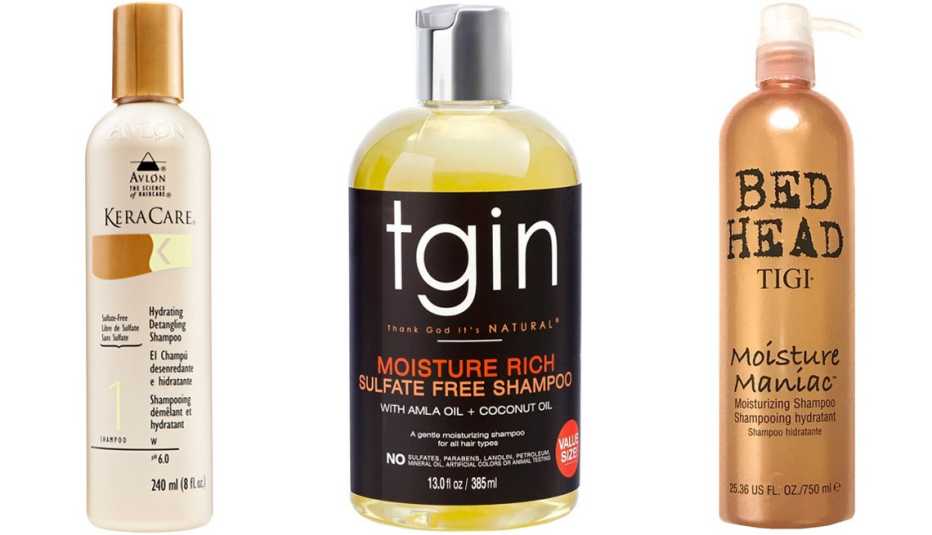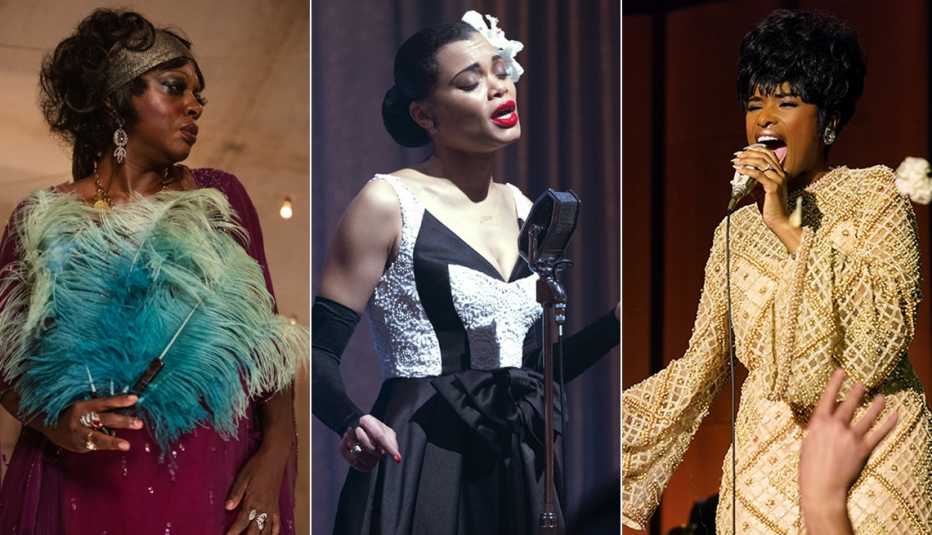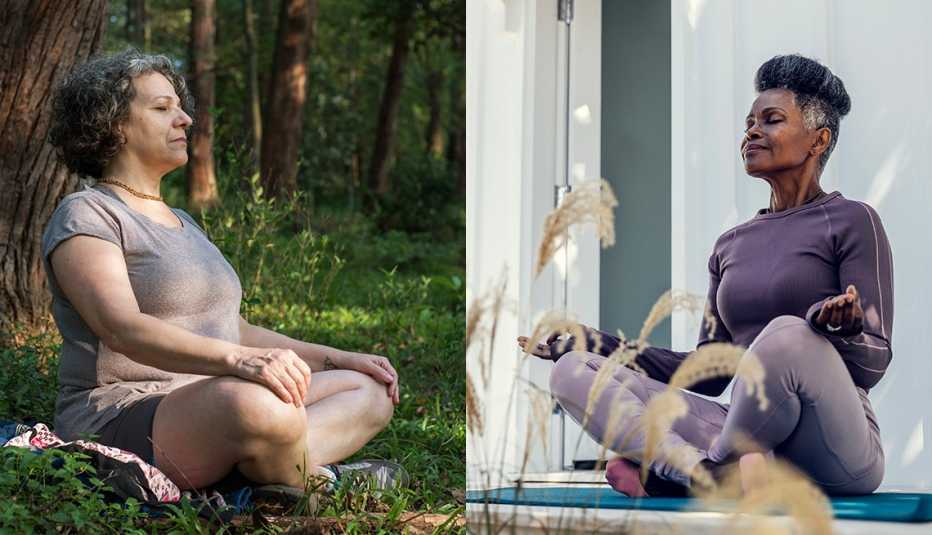Staying Fit
Whether you rock relaxed hair or a natural ‘do, your hair regimen may look different than it did when you were in your 20s. By default, your tresses undergo several changes as you age that may be related to diet, hormonal fluctuations or any medications you take. And as textured hair tends to be drier, these changes, coupled with improper care, can weaken your strands. Here are some tips to ensure your locks are thriving — even after age 50.
1. Strike a good protein-moisture balance
As we get older, our hair follicles begin to shrink. “[This is] due to collagen loss and a slowed growth cycle causing hair thinning and loss,” explains Monica Stevens, an Atlanta-based licensed cosmetologist, content creator and founder of MoKnowsHair Curl Collection. Additionally, the glands in your scalp produce less oil with age. This is why the right protein and moisture balance is necessary to retain your mane's strength and elasticity. Good to know: Too much moisture can cause limp, mushy hair, whereas too much protein makes the hair brittle, resulting in breakage.


AARP Membership— $12 for your first year when you sign up for Automatic Renewal
Get instant access to members-only products and hundreds of discounts, a free second membership, and a subscription to AARP the Magazine.
Pro tip: Concentrated protein treatments are only recommended for chemically or heat-damaged hair, and they should always be followed up with a hydrating conditioner to restore moisture levels.


2. Don't skip the deep conditioner
You can achieve a delicate protein-moisture balance with a weekly deep conditioner. “Deep treatments allow the hair to maintain structural integrity,” Stevens says. Scope out products that contain moisturizing ingredients (like water, aloe vera, shea butter), as well as common proteins (for example, hydrolyzed wheat, hydrolyzed silk, keratin).
To get the most from your deep-conditioning treatment, apply heat with a hooded dryer or heat cap, and let your tresses absorb all the goodness. “Heat opens up the cuticle, allowing the ingredients to penetrate even deeper into the hair and lock in that moisture,” says Mindy Green, a Washington, D.C. area-based licensed cosmetologist and owner of MG Beauty.
Three conditioning treatments to try: MoKnowsHair Curl Restoring Treatment ($12, sallybeauty.com), Mielle Organics Babassu & Mint Deep Conditioner ($14, target.com) and Ouidad Coil Infusion Deep Conditioner ($38, ulta.com)









































































